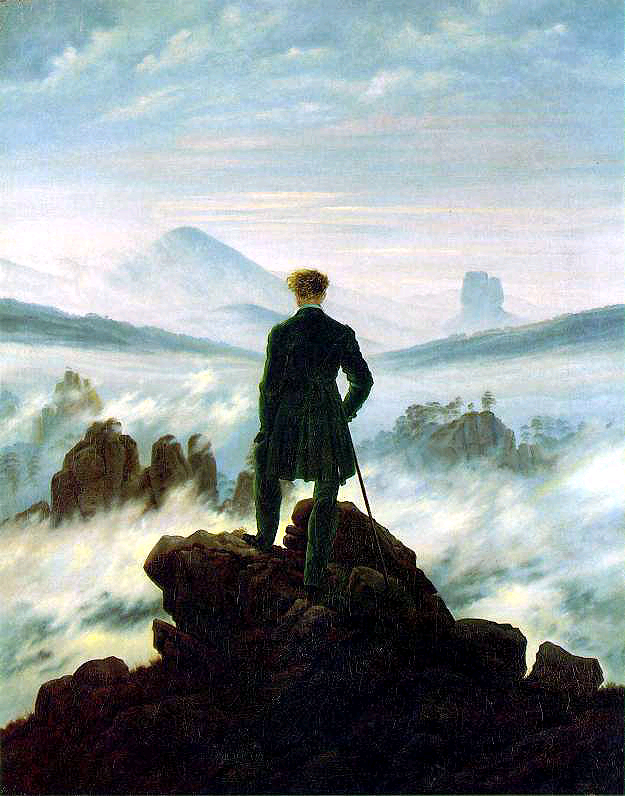The Rough Guide to Climate Change by Robert Henson is an overview of the history of climate change and how it has been perceived in societies around the world. Ultimately, Henson lays out the four main arguments against global warming. Describing the views of “It isn’t warming,” “the warming is due to natural variation,” and “the amount is insignificant,” Henson’s personal opinion on the topic becomes clear. While Henson covers both sides of the issue, he continually criticizes those who do not believe in the human cause of global warming.
In her book Field Notes From a Catastrophe, Kolbert presents evidence for the argument that global warming is of human origin, both in the form of scientific facts and personal anecdotes. The Preface of the work explains that while she tries not to over-simplify the issues at hand, she hopes to not provide too much in-depth science in her work—presumably so as not to deter readers.
In Chapters 2 and 3 of Field Notes, Kolbert covers important discoveries in the field of climate change, including scientists Tyndall and Arhennius, who set the foundation of our scientific knowledge of the atmosphere and how it heats and cools. Throughout these chapters, the author attempts to use her personal experiences in the “field” in places like Greenland to add to her credibility and to make the information she presents seem more like real-life, rather than a complicated story of numbers and facts. In these chapters, Kolbert describes a man at Swiss Camp who described to her the decay of the ice from the bottom and the growth of the snow on the top of the ice sheets. Furthermore, she explains the history of natural climate change, elaborating on the rapid rise in temperatures that preceded the ice age.
Chapters 7 and 8 of the work, titled “Business as Casual” moves into a deeper criticism of how the United States in particular has responded to climate change. Explaining how population growth, economic growth, and the speech with which new technologies are adopted will determine growth of carbon emissions, Kolbert lays the groundwork for her ultimate criticism of the United States’ “Greenhouse Gas Intensity” policy. Kolbert first describes Socolow’s “wedges,” which include technologies such as solar power and wind electricity that, if combined, could combat the rise in CO2 levels. Then, the author elaborates on the pressing nature of the problem, citing India and China’s expected industrial growth and the large carbon emissions their growth will prompt. Kolbert then visits the ideas of Marty Hoffert, who feels that only new technology will truly be able to combat the issue of climate change but that in the meantime we must use the tools we have. Finally, the author moves to her final criticism of the action, or inaction, of the United States in the climate change situation. Explaining the United States’ refusal to agree to the Kyoto Protocol as well as the “Greenhouse Gas Intensity” plan, which related investment in environmental technologies to the growth of the American economy, Kolbert makes a case for the United States’ selfishness and apathy.
Having read these chapters, I find myself left with several conflicting feelings. For one, with regard to Kolbert’s writing, I felt that her anecdotes about her time in the field helped her case, however, the lack of in-depth science left me wanting more explanation to prove her point. For one, I would have liked her to include the causes of the ice age, to explain the relative time span in years it took for the earth to heat naturally to the extent that it is heating today, presumably at the hand of humanity. Without these pieces of information, I still felt at times the information provided was not enough—without total contextualization I was still left in doubt. My second reaction to these chapters was conflicted, as I was unsure whether to feel the shame that she feels for the United States’ policies or to justify our actions in light of the fact that in my entire life, I have never seen two reputable scientists explain the details of the causes of global warming and contrast the causes of ancient times of warming to the causes of today’s climate change.
As far as my opinion of the climate change goes, I am still on the fence in many areas. I am first and foremost a believer in sustainability, and I believe that we need to be working as a global society to preserve the earth for future generations and to make life more pleasant for people across the globe. However, I am not convinced about the nature or cause of climate change, and at this point I feel I am still not informed enough to make a judgment on that fact. I feel frustrated, because I feel that there are no unbiased sources to provide information about the subject. While the information Kolbert provides is undoubtedly true, she leaves out other information that prevents me from understanding the entirety of the issue. While Kolbert’s opponents will undoubtedly cite evidence against the human cause of climate change, they will undoubtedly leave out valuable information as well. It is infuriating that seemingly no one is capable of taking a side that is anything less than a radical view—either on one far-reaching end of the spectrum or the other. In my opinion, we need to stop playing the blame game and do the best we can to reduce pollution and our consumption—regardless of whether it is causing global warming. If it is not causing global warming, it is causing a lack of resources in parts of the world, heinous degrees of pollution, and damage to the planet as a whole that we will only feel when it is too late.
So, I am left with a few questions that I’d like to discuss—some of which are questions of opinion, some of which are questions of fact.
- What is your opinion on the politics that influence climate policy?
- Do you feel that there is a connection between economics and a nation’s ability to implement new technologies and programs?
- Does anyone have any information on the particular time span in which the earth heated and cooled preceding and during the ice age? In researching the question, I have found some websites that claim it took centuries, while Kolbert describes it as something that occurred very rapidly. I feel that this is an important fact in measuring the degree to which humans are speeding global warming.



